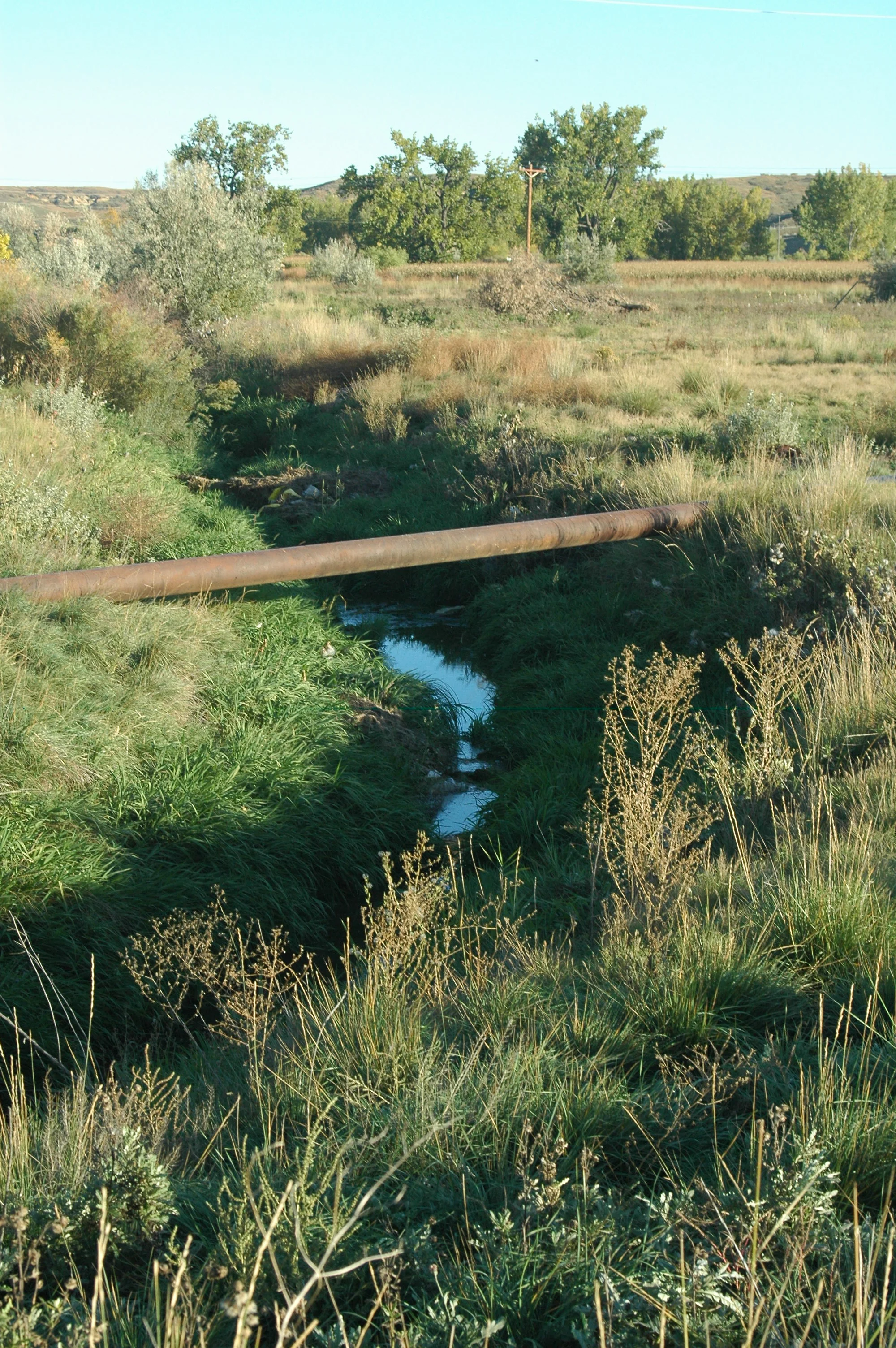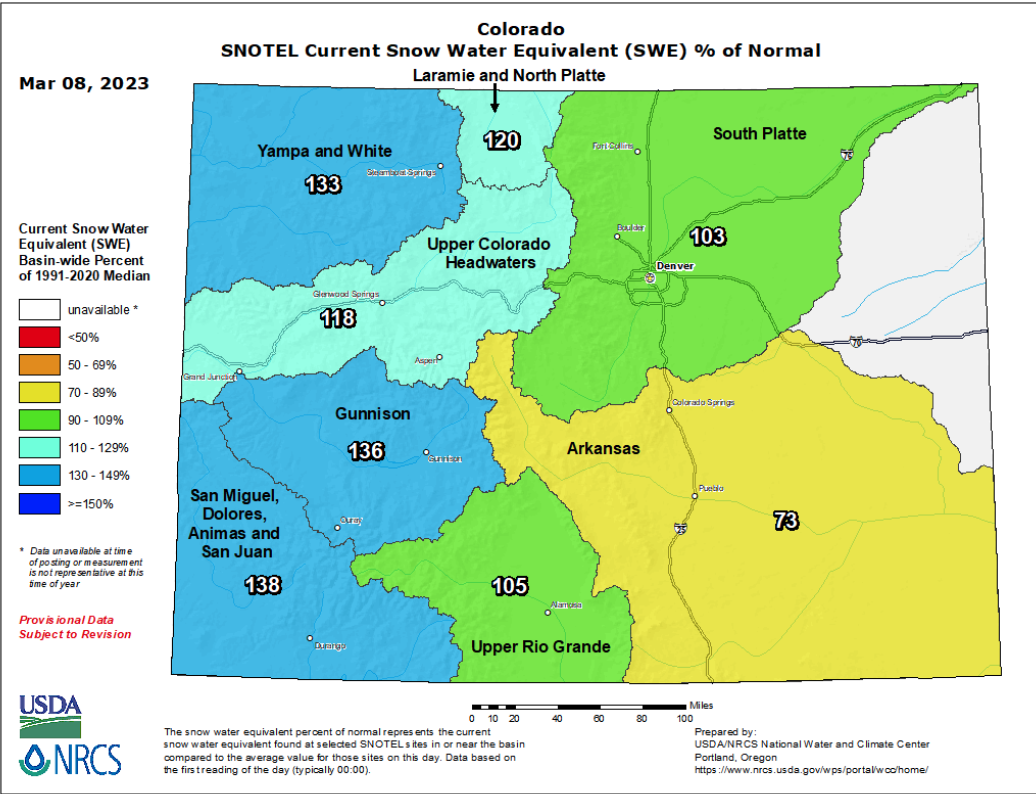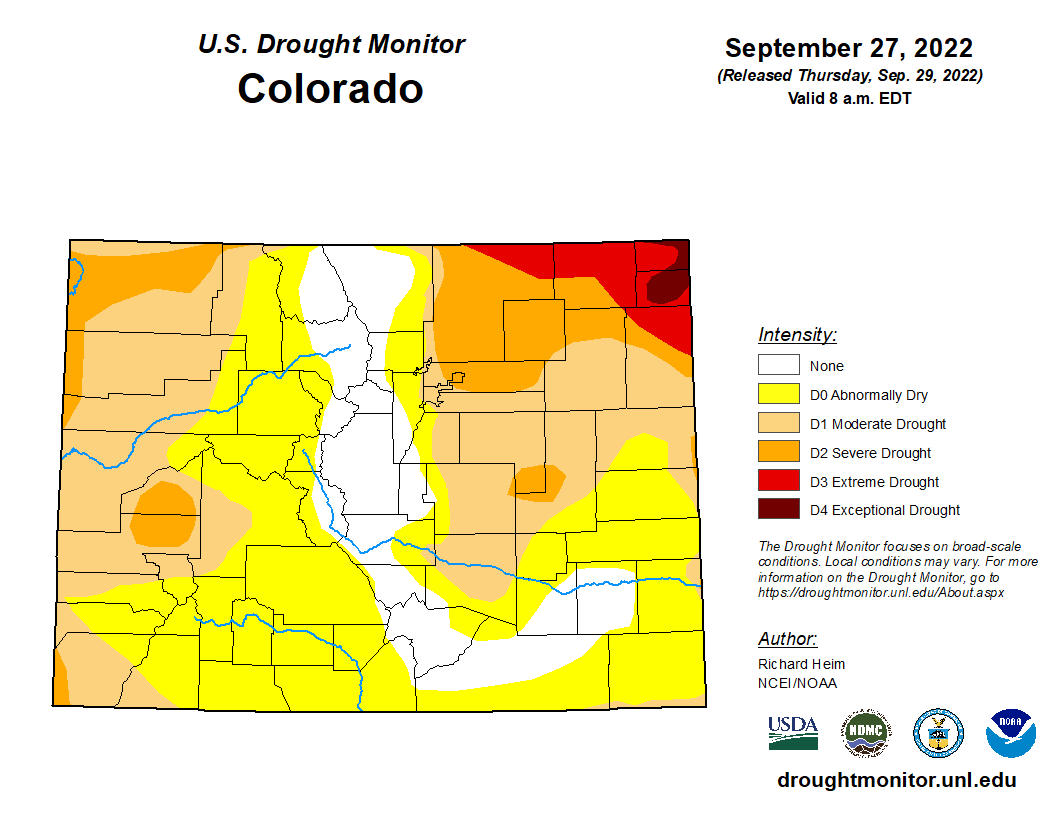Pop Quiz: When did the Colorado Water Conservation Board (CWCB) begin appropriating water rights for instream flows and natural lake levels to preserve the natural environment?
a) 1950s b) 1960s c) 1970s d) 1980s
Answer: 1970s
Water is life. Literally. We learned growing up that water comprises roughly 60% of our bodies, covers roughly 70% of our planet and is a critical ecological staple needed to sustain life on Earth. (Or any other planet, for that matter.) The oceans hold nearly 97% of our planet’s water, meaning the other 3% is found in our lakes, rivers, streams, glaciers, and groundwater.
The people in Colorado have long understood the importance of fresh water. Coloradans have used various approaches over the years to keep and treasure the water in rivers and lakes and have implemented initiatives that help us use water more judiciously through conservation and efficiency measures. These are keys to success moving forward, particularly as population growth continues, more water is used, and more of us are enjoying water-based recreation.
At the state level, the Colorado Water Conservation Board (CWCB) began protecting water in rivers and lakes in the 1970s by obtaining natural lake level water rights on natural lakes and instream flow (ISF) water rights along streams. The water rights now cover close to 500 lakes and more than 1,700 streams over more than 9,700 miles. These rights are administered within the state’s water right priority system as a unique approach to preserve the natural environment within the constraints of Colorado’s Prior Appropriation water rights system.
Beyond statewide initiatives, since 2001, certain governmental and water management entities have had the ability to obtain recreational in-channel diversion (RICD) water rights, which provide a right for the stream flow necessary for a recreational experience in and on the water. More specifically, RICDs help provide water rights for in-channel flows during specified times of the year, for example, for non-motorized river recreation in areas like whitewater parks. These rights are providing for recreational use in many communities including Aspen, Avon, Buena Vista, Durango, Golden, Salida, Silverthorne, Steamboat Springs, and Vail. One of the most recently decreed RICD water rights belongs to Glenwood Springs.
The Colorado Water Trust has a program that allows an offset to annual water use through financial donations that are used to put water into Colorado’s rivers and streams. The myRiver Balance program begins with an offset of 60,000 gallons per year which is based on an average use of 5,000 gallons per month. Check your water bill to see how much water you’re using and also consider conversation and efficiency measures to reduce your water use.
We use water in multiple ways, including for our essential needs and recreation. The next time you’re enjoying a day on the water, you can consider what may be involved in preserving the view or flow impacting your activity.









